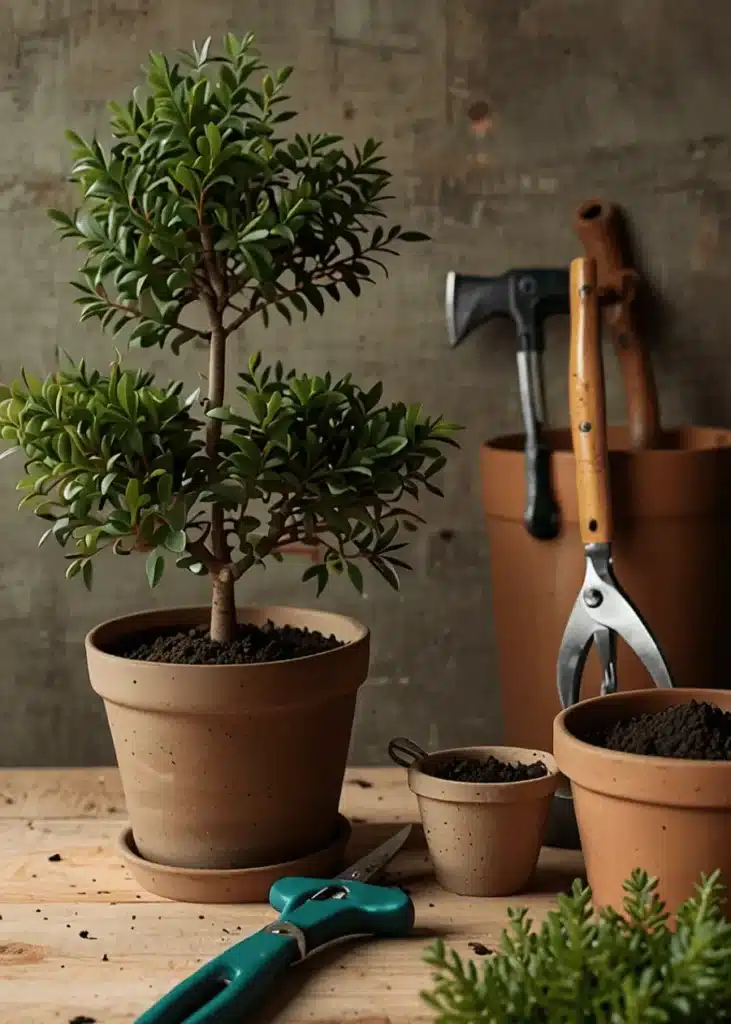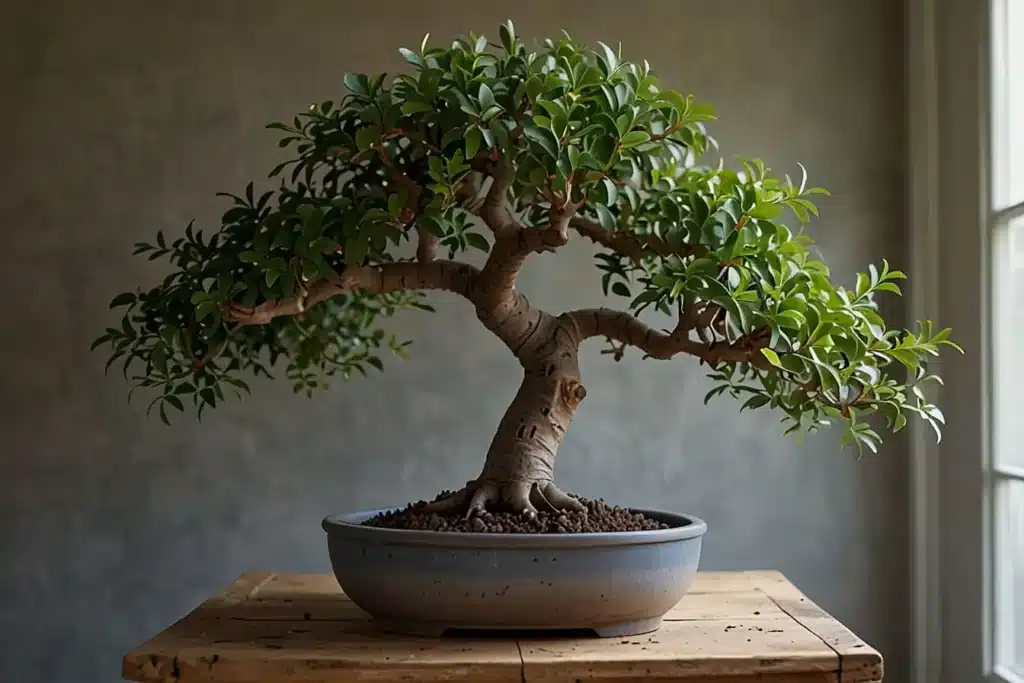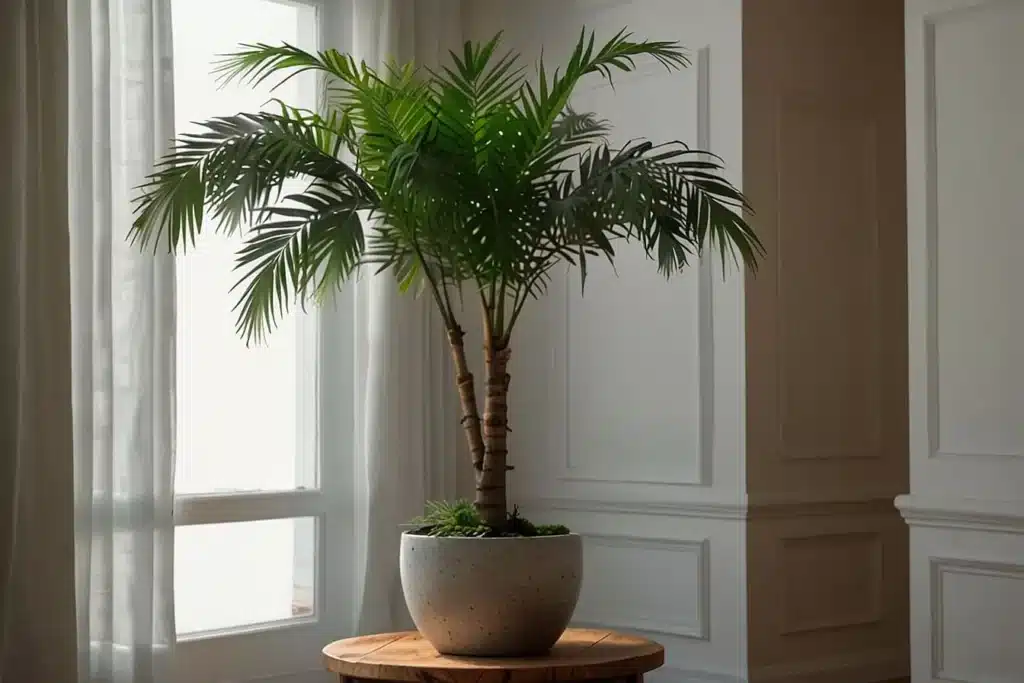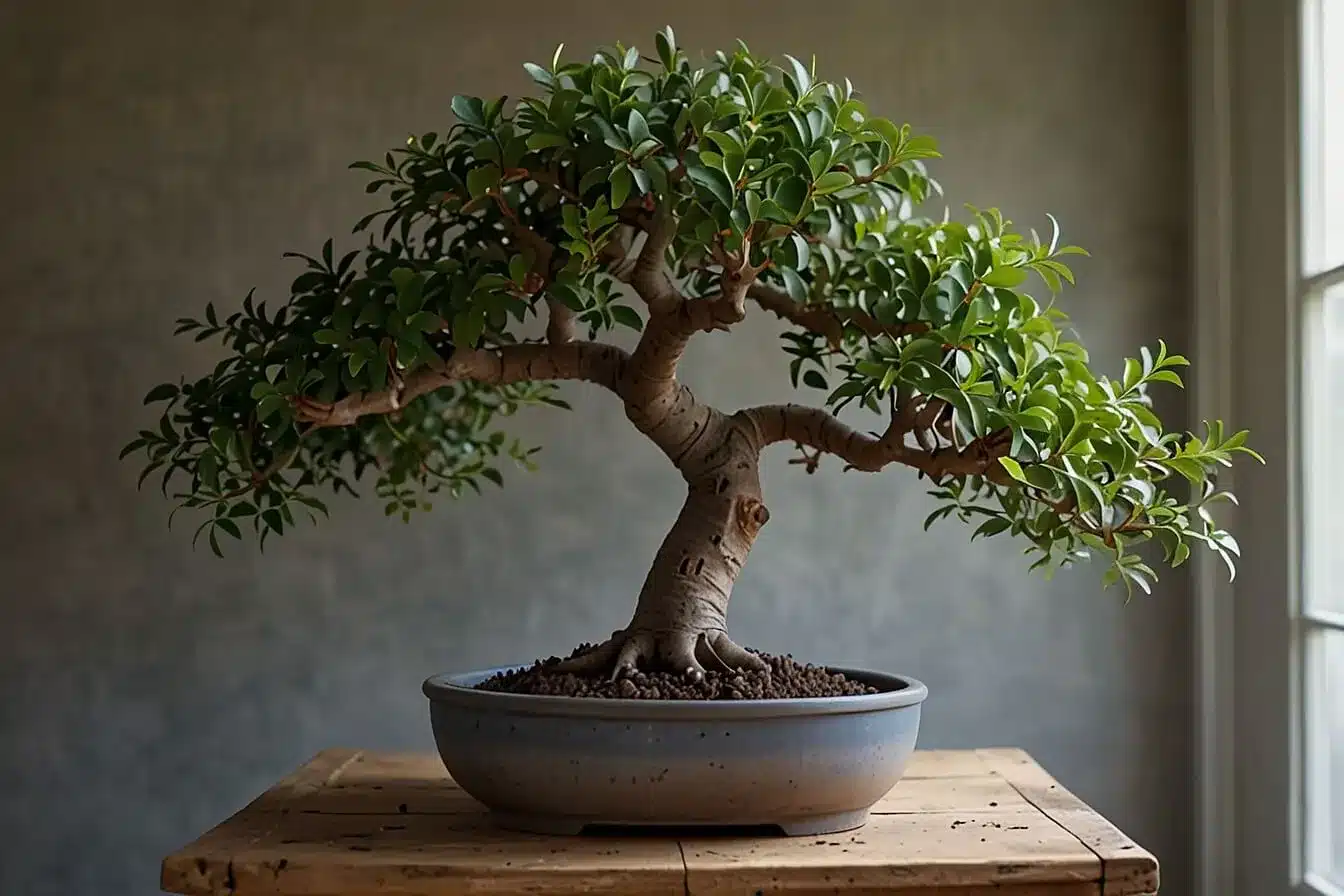Are you looking to bring a touch of nature to your living space, but not sure where to begin? Indoor trees are a great option to add life and green in your home even in the absence of the green thumb. In this article we’ll look at the advantages of indoor trees, the key tools you’ll require, and professional tips for keeping your outdoor forest healthy.
Table of Contents
Benefits of Indoor Trees
Indoor trees have many benefits that are more than aesthetics. Here are a few compelling reasons to think about adding trees to your property:
- Air Purification Air Purification: Many indoor trees, like the rubber plant or peace lily are well-known for their capacity to remove pollutants from the air and thereby improving the quality of indoor air. According to an NASA study the plants are able to remove more than 87% of airborne toxins in just 24 hours.
- Aesthetic Appeal: The presence of indoor trees can transform any space into a lush and inviting space. Their presence can add height and drama to your interior, making them an ideal focal point in any room.
- Well-being: Studies have proven that being in the presence of plants can ease stress and improve mood which makes indoor trees an excellent addition to your office or home. The presence of plants has been linked to higher efficiency and creativeness.
- Environmental impact When you include indoor trees, you contribute to an eco-system that is sustainable. Trees absorb carbon dioxide and release oxygen.which aids in rise the quality of indoor air.
- Economic Benefits The investment in indoor trees could improve your value home. An indoor garden that is well-maintained could be a selling point for prospective buyers.


Image Alt Text: A variety of indoor trees in a living room setting, showcasing their air-purifying and aesthetic benefits.
Planting Equipment Needed
To successfully grow indoor trees you’ll require the following tools:
- Containers and Pots: Select containers that have good drainage to avoid root rot. Think about with ornamental pots to add some flair to your design.
- Potting Soil: Choose a high-quality potting mix appropriate for indoor plants. A mix of perlite, peat moss and vermiculite is the excellent choice for the majority of indoor trees.
- Watering Can A container that has a large spout allows you to get to the root of the tree without splashing water all over the place. Spray bottles can be helpful for spraying leaves.
- Pruning Shears Maintain your trees healthy by trimming branches that are dead or overgrown. Regular pruning stimulates new growth and keeps the shape of the tree.
- Grow Lights: If you live in a home that isn’t lit by natural light, consider together grow lights in order to offer additional the necessary spectrum of light for photosynthesis.
- Humidity Monitor The majority of trees in indoor environments thrive in humid conditions. The humidity monitor will aid in maintaining the best conditions.


Image Alt Text: Essential tools for planting indoor trees, including pots, soil, and pruning shears.
Step-by-Step Instructions
- Choose the right tree Take into consideration the amount of light and space within your house. The most popular options are the fig with fiddle leaf, snake, and rubber plant. Find out the specific requirements of each tree to warrant that it is a good fit for the environment in which it is located.
- Potting: Fill the pot with soil, then place the tree in the middle and then fill the tree with soil. Make sure the tree is sturdy and standing straight. Use a gentle pressure on the soil to get rid of air pockets.
- Watering: Water thoroughly following planting, and let the soil dry a bit between waterings. Overwatering is a typical error and it’s important to check the soil’s moisture.
- Placement: Place the tree in a location that is light enough. Rotate the pot frequently to warrant an even growth.
- Fertilizing Feed your trees with an appropriate fertilizer throughout the season of growth (spring and summer) to encourage healthy growth.


TAG: Step-by-step guide to potting an indoor tree, from choosing the right tree to watering it properly.
Expert Tips for Plant Care
- Watering Schedule: The majority of indoor trees would prefer drying between waterings. It is common error so make sure you be sure to check soil moisture frequently. Make use of a moisture meter for precision.
- Lighting Requirements: Make sure your tree receives the appropriate quantity of sunlight. Certain trees thrive in bright indirect light, whereas others be tolerant of dim light. Adjust the position of the tree to adjust to the changing seasons in light.
- Pest Prevention: Be on the lookout for pests such as spider mites, and treat them promptly by using natural insecticides. Check your leaves regularly for indications of an infestation.
- Repotting As your tree gets bigger, it might grow out of its pot. Repot every 1 to 2 years to prepare enough room for roots development.
- Humidity: rise humidity by placing an ice tray close to the tree, especially during winter when the weather is dry.
Indoor Tree Recommendations
Low-Light Trees
- Snake Plant: Known for its durability It thrives in dim light and requires only minimal maintenance. It’s a great option for beginners and busy individuals.
- ZZ Plant: an option that is ideal for beginners. It is resistant to poor lighting and neglect making it suitable for offices.
Easy-Care Trees
- Rubber Plant: Requires moderate light and occasional watering. Its glossy leaves add a touch of elegance to any room.
- Fiddle Leaf Fig: Popular for its large, glossy leaves, though it needs bright, indirect light. It’s a statement piece that can elevate your decor.
Pet-Safe Trees
- Parlor Palm: Safe for pets and thrives in low to moderate light. It’s a classic choice for adding a tropical feel to your home.
- Bamboo Palm: Another pet-friendly option that helps purify the air and adds a touch of greenery.


TAG: Parlor Palm low-light, easy-care, and pet-safe indoor trees, perfect for various home environments.
Styling Your Indoor Trees
- The indoor trees are an important feature in the design of your home. Here are some suggestions:
- Plant Stands: Increase the height of your trees to add visual interest. Use stands with different heights to create a sense of depth to your outdoor space.
- Hanging Plants Macrame hangers for a bohemian look. Hanging plants are a great way to save the floor space and also add greenery to the eye level.
- Room placement Plant trees in the corners or next to windows in order to improve their impact. Think about grouping plants of various dimensions for an enticing and layered look.
- Decorate Pots Choose pots that match your style of decor whether it’s contemporary rustic, rustic, or or eclectic.
Image Alt Text: Creative ways to style indoor trees in various home settings, including plant stands and hanging options.
FAQs
What’s the best way to avoid overwatering my plants?
Ensure your pots have drainage holes and only water when the top inch of soil is dry. A moisture meter could aid in preventing overwatering.
How do I know if my tree is getting enough light?
Observe the leaves: if they are pale or dropping, your tree may need more light. Think about moving it closer to a window or using grow lights.
Can I keep indoor trees in my bedroom?
Yes, many indoor trees are suitable for bedrooms. Choose varieties that thrive in low light and improve air quality, like the snake plant or peace lily.
Who Should Be Careful or Skip Indoor Trees
Although indoor trees can be beneficial in general, certain people may need to be cautious:
- Pet owners There are some trees that can be poisonous to pets. Always ensure the safety of a tree before taking it into a house with animals.
- Parents of small children Make sure that trees are away from reach to avoid accidental exposure to soil or leaves.
- People with allergies: A few persons may be allergic to specific plants. Be aware for any reactions to allergies and select hypoallergenic varieties if required.
- Low-Light Apartment dwellers If your house isn’t getting enough natural light, go for low-light-tolerant trees or consider investing in the use of grow lights.
- People who travel frequently Choose trees with low maintenance that can withstand the rigors of neglect, like the ZZ plant or snake plant.
What Do You Think?
Ready to transform your space with indoor trees? Subscribe to our Social media channels for more plant care tips and don’t miss our guide to growing succulents! We’d love to hear about your experiences with indoor trees. Send us your story and pictures in the comments section.
Conclusion:
Indoor trees are an excellent option to add to any home, providing both health and aesthetic benefits. If you’re an experienced plant-loving parent or just starting out there’s an indoor plant that’s ideal for you.
Take advantage of the beauty and peace that natural elements can bring to your home.

